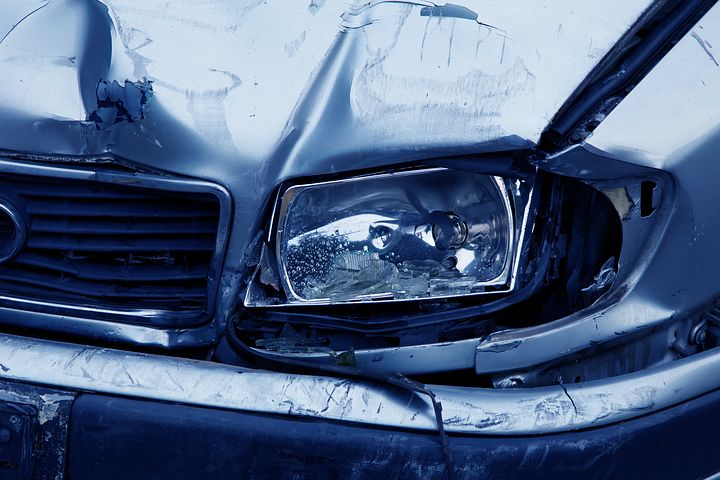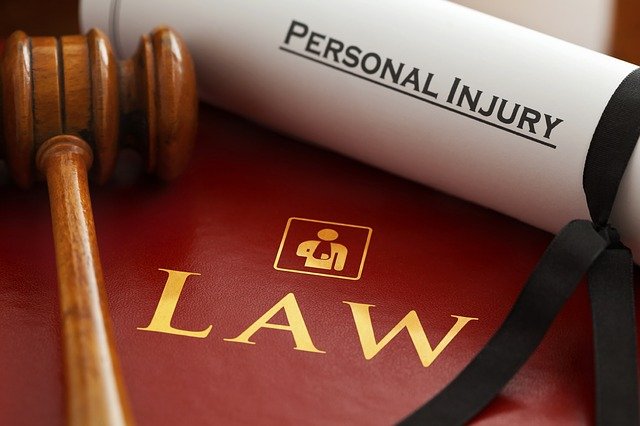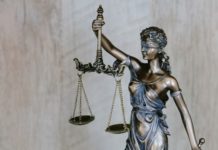Vehicle accidents are a reality and it is only practical to learn about the complications of dealing with its liability issues. In the event of a motor accident, to manage a claim for damages, you need to understand who to hold liable.
In most cases, the damage claim can be as simple as daylight with an accident like a rear-end collision, where the driver coming from behind is deemed responsible. However, there are other types of vehicle accidents too. So let’s equip ourselves with a detailed understanding of liabilities and how to deal with them.

Who is Liable in a Vehicle Accident?
Vehicle accidents can range from full-throttle damages, rendering you to a bed-rest, to a mere fender bender occurrence. However, irrespective of the severity of the issue, it is important to grasp the concept of how to identify the initial liable person in a vehicle accident.
-
Rear-End Accidents
When discussing the types of accidents, rear-end accidents can easily be referred to as the most common types of motor accidents. The notable point here is that if you’re hit from behind, you’re most likely not going to be deemed liable even if your vehicle wasn’t moving.
According to the universal driving rule, a driver needs to maintain a single-car distance from the vehicle in front to allow the driver to apply instant brakes if the driver in front chooses to stop suddenly. Failure to do so, will result in a collision and the driver behind can be deemed liable for the accident.
-
Left-Turn Collisions
In the case of the majority of left-turn collisions, the drivers turning left are rendered at fault. This happens because when cars are coming straight into an intersection, the driver turning left is at fault when it is interrupting the cars’ commute. This results in the car turning left being tagged as responsible for the collision.
Understanding Different Types of Liabilities For Vehicle Accidents
After understanding the concept of liability, it is important to understand the different types of liabilities in vehicle accidents. Though it might be crystal clear to the witnesses present at the situation, there are certain rules of thumb to understand the basic causes and types of liabilities.
Negligence
According to the law of negligence, the people are required to maintain a conduct that is under the influence of certain standards. Upon violation of any such standards, the law orders the guilty person to provide compensation to anybody who has been hurt by the actions.
For example, since a driver is responsible to drive safely while abiding by the laws, if the driver breaches a stop sign, it can be considered as negligence and it can be held accountable in case of any injuries.
Recklessness
If a person’s conduct is extremely outrageous, it can be considered as the basis of criminal prosecution. When discussing the degrees of liability, the recklessness of a driver is only a little less than a solid intent to cause harm.
It has a decreased threshold for tolerance because while negligence occurs in a state of unawareness, recklessness means that the person was fully aware of the risk.
However, if you are involved in an accident where the driver is an uninsured/underinsured motorist, things can get a bit tricky to deal with the liability issues. This is where the folks behind https://www.kendalllawfirm.net/blog/what-happens-if-an-uninsured-or-underinsured-driver-caused-my-car-accident/ chip in with their miraculous law practices. In this kind of situation, you require the services of an expert lawyer who can weasel you out of the situation with advantage and who better to trust than the professionals at Kendall Law Firm.

Who Is Liable Post-Accident – The Driver Or The Owner?
After understanding the black-and-white concept of liability, it is important to understand how insurance coverage will act in the case of an accident.
Before diving further, we need to understand that a car owner can not be deemed liable for any accident that is performed by any borrower while using the owner’s car.
However, the insurance coverage of the car owner will serve as the primary coverage for the borrower (provided that the borrower had the owner’s permission to drive).
In another situation, if a car owner was negligent when allowing a borrower to drive their car and the driver manages to end up in an accident injuring someone, the car owner can be held responsible for negligent entrustment.
The frequency of vehicle accidents is only increasing with the increasing number of vehicles. This is why it is important to understand the concept of liabilities when dealing with vehicle accidents.
Since there are a number of ways that a driver can be held liable in an accident, you need to be equipped with the accurate knowledge to understand your situation and contact any car accident attorney in case of any irregularities.










